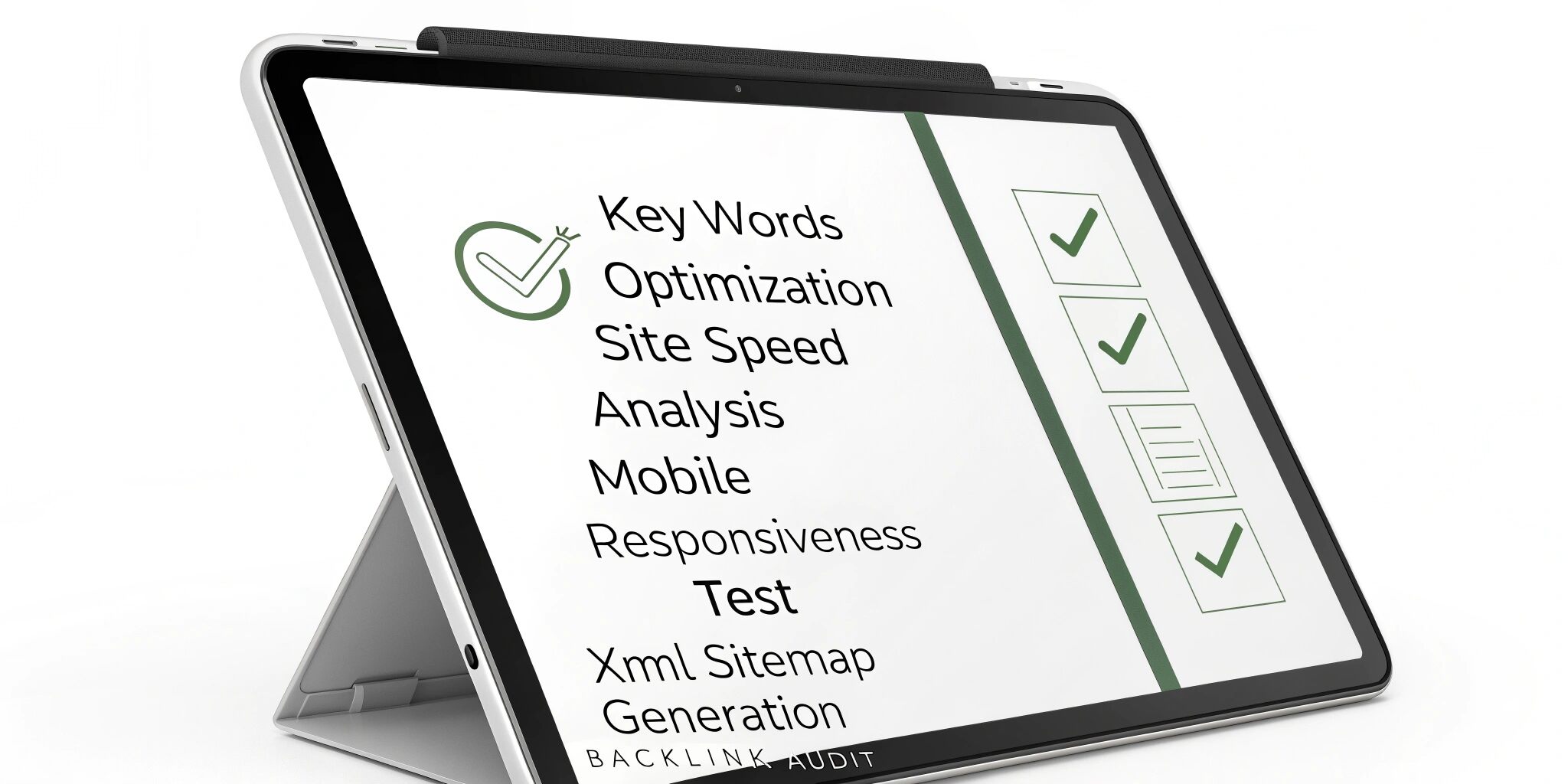SaaS and software websites often rely heavily on performance, structured content, and lead conversion. Yet, many overlook a critical growth lever: technical SEO. Without a strong technical foundation, your content won't rank—no matter how great it is. This guide walks you through technical SEO strategies tailored for SaaS and software sites.
1. Ensure Crawlability and Indexing
Search engines must be able to crawl and index your content. Use:
- Robots.txt: Allow/disallow relevant folders.
- XML Sitemaps: Submit them in Google Search Console.
- Noindex Tags: Avoid accidental noindex on key pages.
- Canonical Tags: Prevent duplicate content issues.
2. Optimize Site Speed
Speed is vital for SEO and user retention—especially for B2B SaaS.
- Use lazy loading for images and videos.
- Implement browser caching and minify JS/CSS.
- Use a Content Delivery Network (CDN) like Cloudflare.
- Compress images with tools like TinyPNG or WebP.
3. Make It Mobile-First
Google uses mobile-first indexing, so your mobile site must be:
- Fully responsive
- Fast loading on 4G/5G
- Easy to navigate
- Use tools like Google’s Mobile-Friendly Test and PageSpeed Insights to diagnose issues.
4. Improve URL Structure
A clean and consistent URL structure helps both users and crawlers:
- Use short, descriptive URLs (/features/ai-tools not /page?id=123)
- Include relevant keywords
- Avoid unnecessary parameters unless needed for tracking
5. Structured Data & Schema Markup
Use Schema.org to help Google understand your content:
- SaaS companies can use SoftwareApplication schema
- Add FAQ, Breadcrumb, and Review markup where appropriate
- Improve visibility in rich results and SERP features
6. Internal Linking Strategy
Create a strong link architecture:
- Link to high-value pages (feature pages, pricing, etc.)
- Use keyword-rich anchor text
- Include links to blog posts, help docs, and landing pages
7. Core Web Vitals
Optimize for Google's key performance metrics:
- LCP (Largest Contentful Paint): Target <2.5s
- FID (First Input Delay): Target <100ms
- CLS (Cumulative Layout Shift): Target <0.1
- Use Google Search Console and Lighthouse for reporting.
8. Reduce JavaScript Overload
SaaS sites often use heavy JavaScript frameworks. Fix common issues:
- Server-side rendering (SSR) for SPAs
- Defer non-critical JS
- Ensure key content isn’t hidden or blocked from crawlers
9. Monitor Technical Health
Use tools like:
- Google Search Console (crawl errors, indexing issues)
- Screaming Frog or Sitebulb (site audits)
- Ahrefs or Semrush (technical reports, SEO health score)
10. SEO for Web Apps (SPAs & PWAs)
If you're running a dynamic SaaS app (React, Vue, etc.):
- Use SSR or dynamic rendering for SEO compatibility
- Provide static versions of key landing pages
- Maintain a traditional sitemap and metadata strategy
Conclusion
Technical SEO is the silent powerhouse behind your SaaS or software site’s visibility. By ensuring a fast, crawlable, and structured website, you unlock the full potential of your content and features in organic search.


